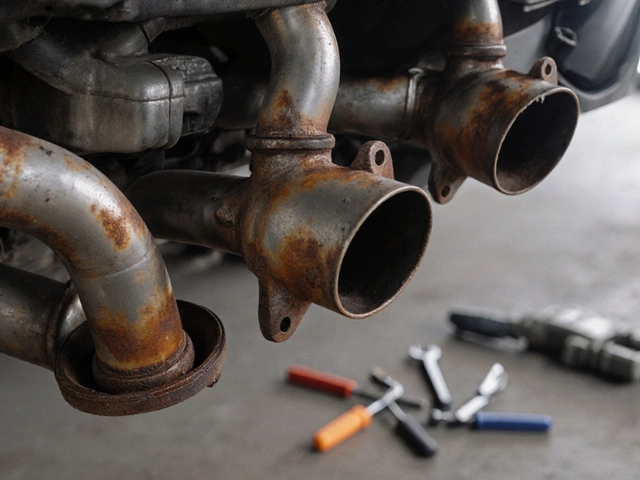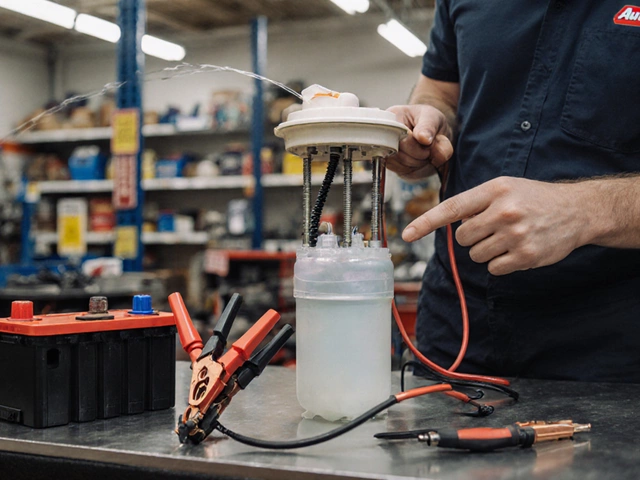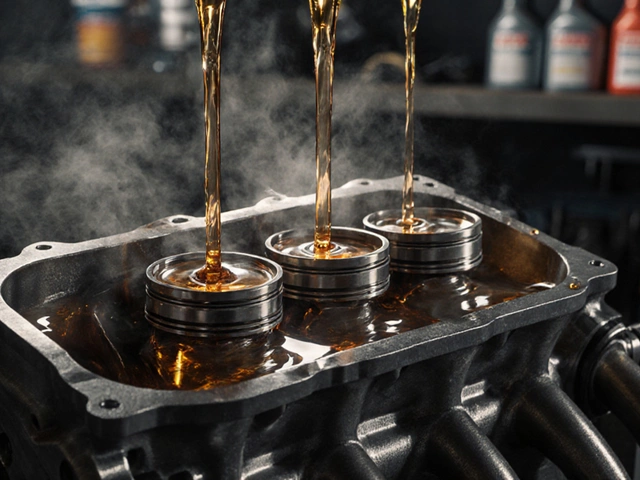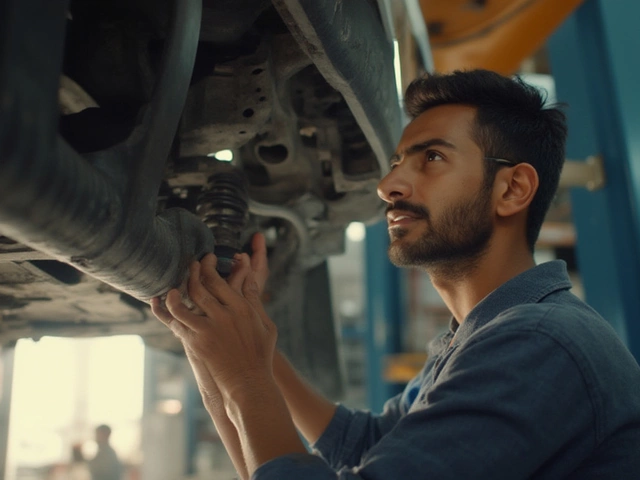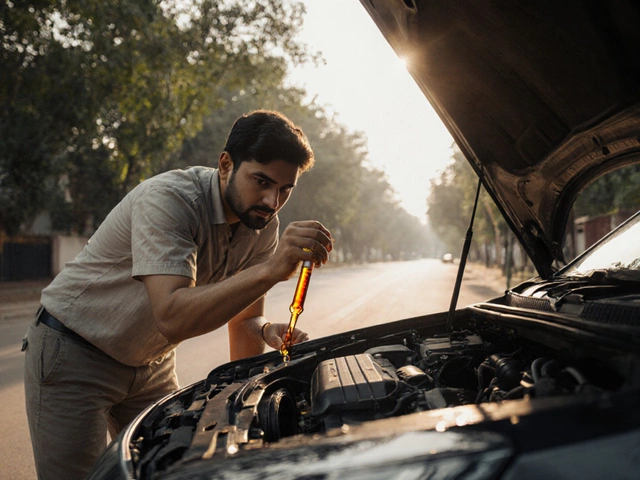Fuel Pump Failure: Signs, Causes, and What to Do Next
When your car suddenly sputters, loses power, or won’t start at all, the culprit might be a failing fuel pump, a critical component that delivers gasoline from the tank to the engine under pressure. Also known as a fuel delivery pump, it’s one of those parts you never think about—until it stops working. Unlike a spark plug or air filter, you can’t see or easily touch the fuel pump. But its failure doesn’t whisper—it shouts.
Most people notice fuel pump symptoms, like a whining noise from the rear of the car, hesitation during acceleration, or stalling at high speeds before the pump dies completely. These aren’t just annoyances—they’re warning signs your engine isn’t getting enough fuel. A weak pump might still turn over, but it can’t keep up under load, which is why your car runs fine at idle but dies on the highway. And if you’ve ever tried to start your car after sitting overnight only to hear silence instead of the usual hum, that’s the pump not engaging. Fuel pump replacement, often needed after 100,000 miles or more, isn’t always expensive, but labor can be a shock if you’re not prepared. Some cars require the fuel tank to be dropped, which adds hours to the job.
What causes a fuel pump to fail? Dirt and debris in the gas tank are the biggest killers. Running low on fuel regularly pulls sediment into the pump, overheating it. Cheap aftermarket pumps also fail faster than OEM ones. And yes, fuel pump test, a simple check using a pressure gauge or a scan tool can tell you if it’s the pump or something else—like a clogged filter or bad relay. AutoZone and other auto parts stores can help with basic diagnostics, but they can’t test a pump while it’s still installed. You need to pull it out or use a fuel pressure gauge to get real numbers.
Don’t wait until you’re stranded. If your car hesitates on the highway, takes longer to start, or you hear a new noise near the gas tank, get it checked. A bad fuel pump doesn’t just hurt performance—it can damage your fuel injectors or even your engine if it runs lean. Replacing it early saves you from towing bills and worse repairs down the road. And if you’re thinking about doing it yourself, know this: fuel pump repair time, typically 2 to 4 hours for most vehicles, depends on your car’s design. Some are easy; others require draining the tank and disconnecting fuel lines—something you don’t want to mess up.
Below, you’ll find real-world guides on diagnosing fuel pump issues, what to expect in repair costs, how long the job takes, and how to tell if AutoZone’s test is enough—or if you need a pro. No fluff. Just what works.

Will a Car Run with a Dead Fuel Pump? What Really Happens
A car cannot run with a dead fuel pump. If your engine cranks but won’t start, and you’ve ruled out the battery and spark plugs, the fuel pump is likely the culprit. Learn the signs, what to check, and why ignoring it costs more.
CONTINUE READING
